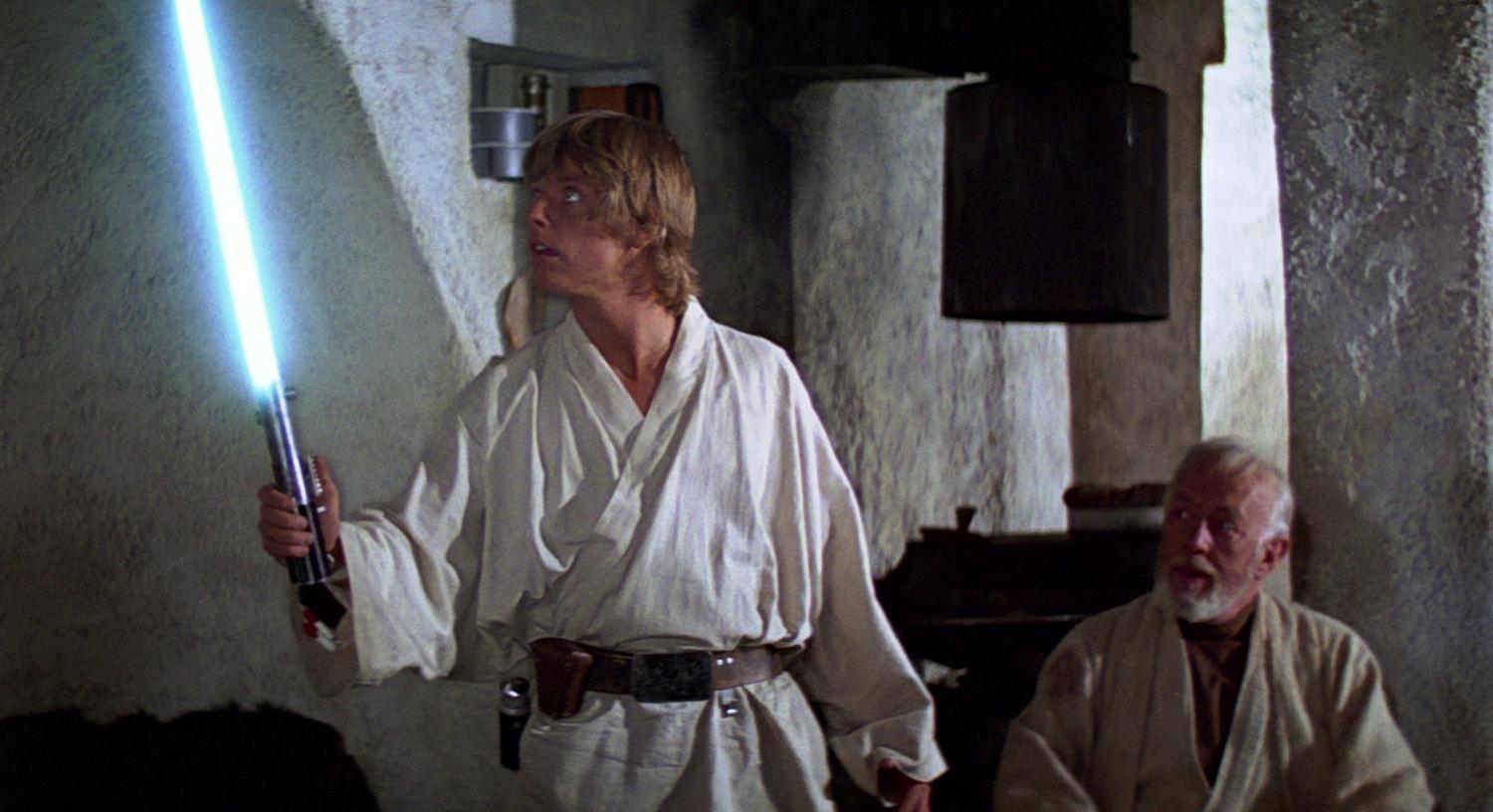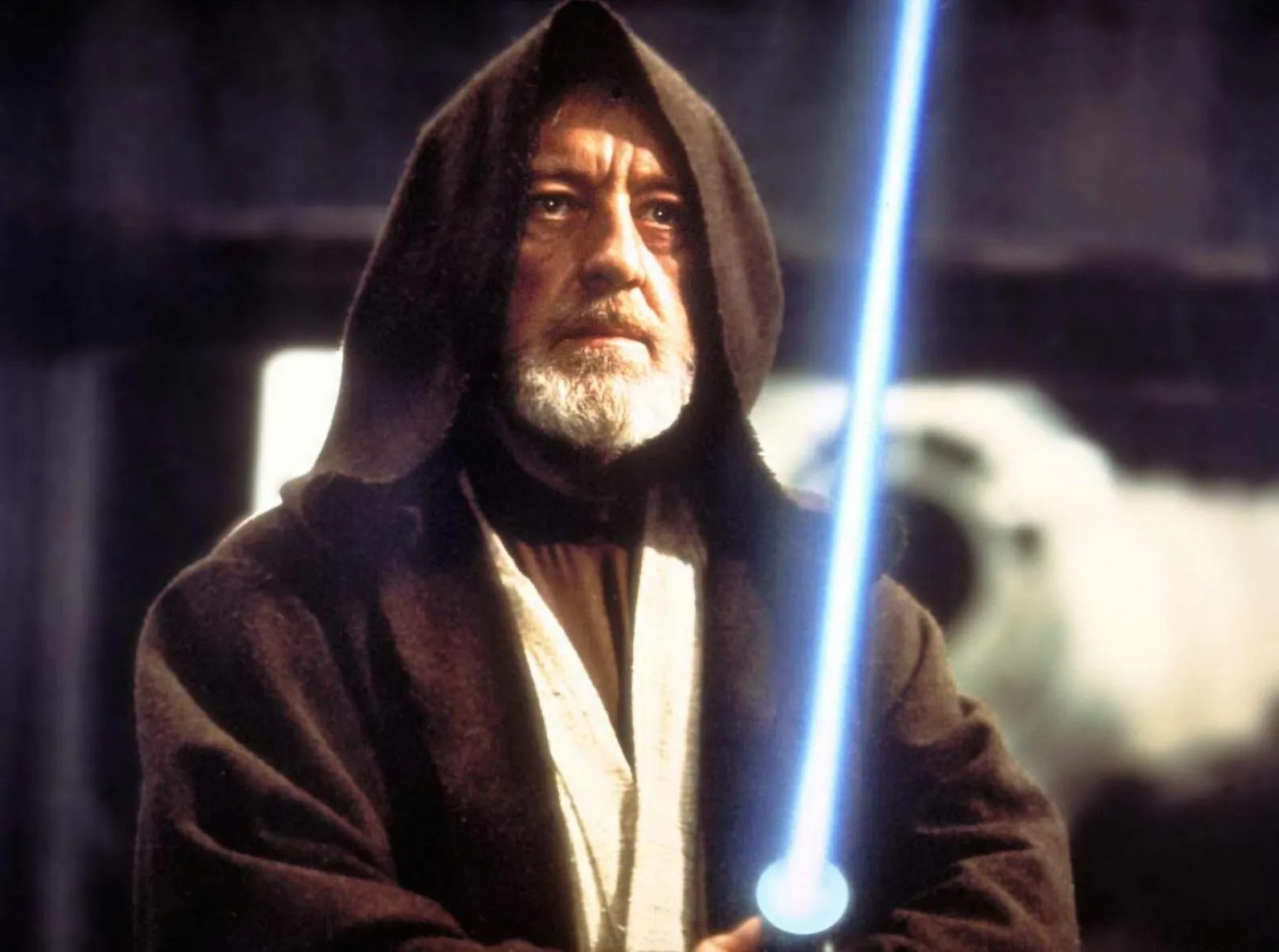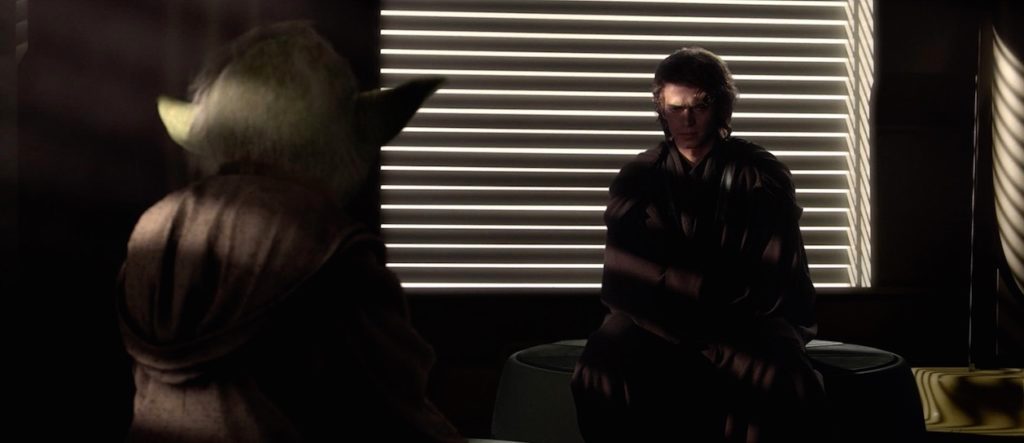

Be honest, who out there hasn’t tried to bring the remote just a bit closer to them using The Force? Maybe if you concentrated just a bit harder… nothing. As one of the most successful movie franchises of all time, Star Wars has truly infiltrated American culture and has proven itself to hold legendary status within pop culture. However, the universe in a galaxy far far away actually has a basis a bit closer to home, particularly in various East Asian religions including Taoism/Daoism and Buddhism. Based on Chinese philosopher, Lao-tzu’s teachings and mapped out in the Tao Te Ching, Taoism is often thought less of being a religion and more of a lifestyle. It includes a set of beliefs and practices that follow the dao (道) which translates to ‘way’ in English, based on an energy source called qi (氣) that flows through all things and connects the universe. Within qi, there is also believed to be a balance that must be maintained, two sides of every coin, light and dark, or yin and yang (陰 and 陽). Sound familiar? Let’s go into more depth.


“…It’s an energy field created by all living things. It surrounds us and penetrates us; it binds the galaxy together.”
The Force is one of the most recognizable pop culture references from the Star Wars franchise. While the prequels introduced the concept of midi-chlorians, something that someone is genetically born with that allows them to be in touch with The Force, let’s focus on the original three movies and their idea of The Force. As Obi-Wan said in Episode IV, The Force is a spiritual energy that binds everything in the universe together. Some people can tap into and use The Force, and due to the light and dark sides, each referencing different emotions and intentions of use, there must be a balance in the universe for which those sensitive to The Force strive to maintain. With this explanation of The Force, it’s relatively simple to see the influence Taoism played on its creation as an energy that ties everything together. The light and dark sides also represent the Taoist idea of yin and yang, light and dark. One cannot exist without the other and both are needed for balance. While the ‘light side’ of The Force is never exclusively mentioned in the franchise, rather the two sides just being referred to as ‘The Force’ and ‘The Dark Side,’ both sides are necessary to maintain the others’ existence and maintain peace.
Outside of the nature of The Force versus The Dark Side, there’s another place in the Star Wars universe that brings up the existence of something defined by the absence of something else; the mantra of the Jedi Code:
“There is no emotion, there is peace.
There is no ignorance, there is knowledge.
There is no passion, there is serenity.
There is no chaos, there is harmony.
There is no death, there is the Force.”
Which is heavily reminiscent of Chapter 2 in the Tao Te Ching:
“When people see some things as beautiful, other things become ugly.
When people see some things as good, other things become bad.
Being and non-being create each other.
Difficult and easy support each other.
Long and short define each other.
High and low depend on each other.
Before and after follow each other.”


Because Jedis use the ‘light side’ or the yang, the mantra would only encompass all that is good and that side of the balance while Lao-tzu’s teachings speak more for the creation of both sides and the complementary nature of the dao.
The end of Tao Te Ching’s second chapter discusses another major pillar of Taoism, ‘wu wei’ (無為). Wu Wei, which literally translates to ‘inaction’ refers generally to not going against nature and mainly is used in terms of how a leader governs their subjects. In this case, emperors should not do anything for personal gain or for the sake of any worldly connections. Rather, they should follow the flow of qi and be ready to do what must be done:
“Therefore the Master acts without doing anything and teaches without saying anything.
Things arise and she lets them come; things disappear and she lets them go.
She has but doesn’t possess, acts but doesn’t expect.
When her work is done, she forgets it.
That is why it lasts forever.”
Then in Chapter 7, it’s stated:
“The Master stays behind; that is why she is ahead.
She is detached from all things; that is why she is one with them.
Because she has let go of herself, she is perfectly fulfilled.”
In The Empire Strikes Back when Luke suddenly realizes his friends are in trouble before his training with Yoda has finished, Yoda warns him not to be controlled by his emotions and that he must learn to let go. This reflects the teaching that Jedis must follow the flow of nature, the flow of The Force rather than their own needs, and do what must be done not for their own sake but rather for the sake of balance.


While completing his Jedi training and letting go of his worldly connections is an example of wu wei ideology, at the same time, it also represents the second biggest religious muse for this franchise, Buddhism. Buddhism traditionally follows the Eightfold path to spiritual liberation which includes lessons in mindfulness and concentration, two major values also seen in Jedi culture. Meditation and clearing the mind of all attachments is a sentiment repeated in multiple scenes throughout the franchise including in Episode III, Revenge of the Sith when Anakan speaks with Yoda about his premonitions of someone (Padme) dying. “Mourn them, do not. Miss them, do not. Attachment leads to jealousy. The shadow of greed, that is.” If Anakan loses concentration and allows himself to fall to fear and greed, he will be consumed with notions from the Dark Side, making him easier to manipulate, as he ends up being, by the Emperor, the source of all evil, or the Dark Side. Yoda wants Anakan to release his worldly attachments, or rather not let himself be controlled by them. This is a combination of both the Buddhist idea of detachment and mindfulness as well as the Taoist wu wei.


Throughout the entirety of the Star Wars franchise, crumbs of real-world religious inspiration can be picked up with ease by interested fans. Jedi culture heavily reflects both Taoist and Buddhist ideology through the presence of mindfulness, meditation, and action through inaction, or wu wei. Particularly The Force seems to be inspired by the Taoist idea of an energy field that connects and binds the universe, necessitating a balance in nature that must be recognized and maintained. Dark cannot exist without light and good cannot exist without evil but by letting yourself feel too strongly, a simple slip is all it takes to upset the balance. These are lessons that many of our favorite characters must pick up to face the obstacles that are presented to them while monks meditate on similar words in Buddhist and Taoist temples across the world. While the Taoist and Buddhist references in Star Wars are seemingly endless, these are the few that best demonstrate the influence. Happy watching, and may The Force be with you.

